Home>Storage Ideas>Bathroom Storage>How Much Does It Cost To Add A Bathroom?
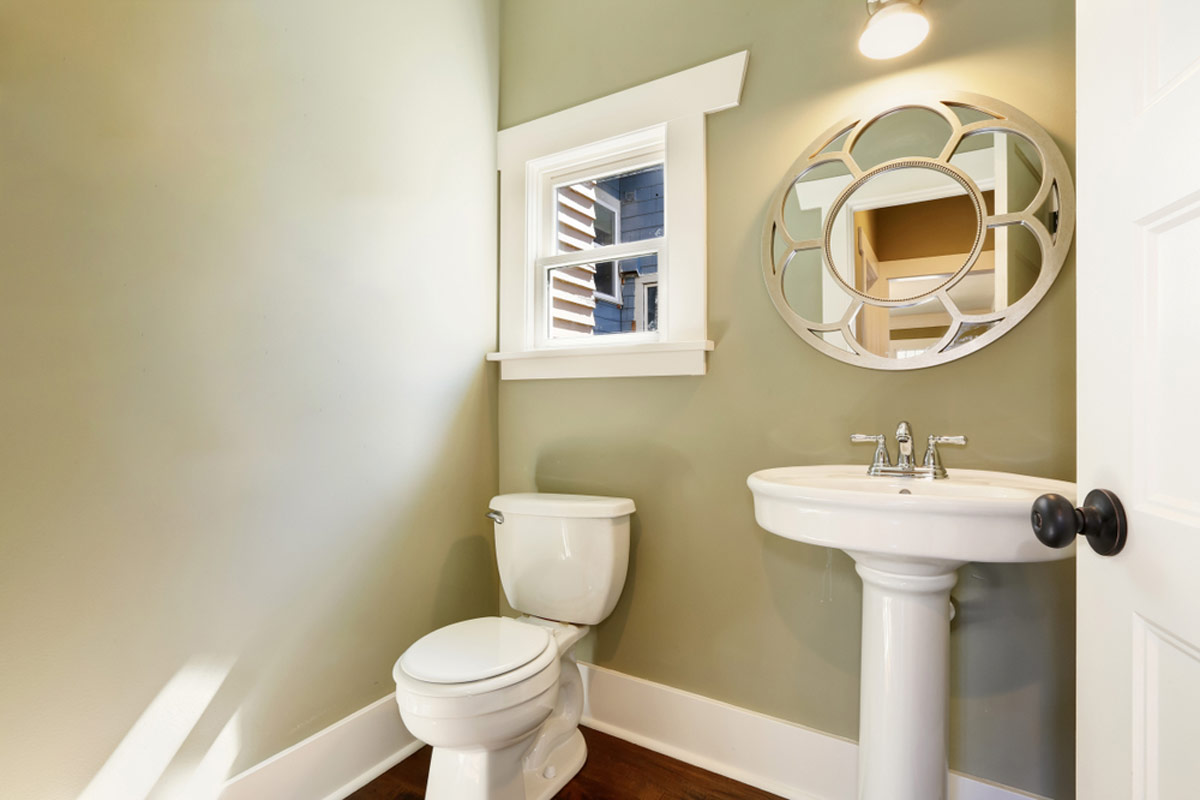

Bathroom Storage
How Much Does It Cost To Add A Bathroom?
Modified: October 19, 2024
Find out the cost of adding a bathroom and get ideas for bathroom storage solutions to maximize space in your home.
(Many of the links in this article redirect to a specific reviewed product. Your purchase of these products through affiliate links helps to generate commission for Storables.com, at no extra cost. Learn more)
Introduction
Adding a bathroom to your home can not only increase its functionality but also boost its value. Whether you’re looking to accommodate a growing family, create a private guest suite, or simply enhance your home’s convenience, a bathroom addition is a wise investment. However, before embarking on this project, it’s important to understand the costs involved.
Several factors come into play when determining the cost of adding a bathroom. These include the size of the space, the materials used, the complexity of the plumbing and electrical work, permit and inspection fees, and labor costs. By considering these factors and planning wisely, you can ensure a successful bathroom addition that fits your budget.
In this comprehensive guide, we will break down the various cost components and provide you with insights to help you make informed decisions about your bathroom addition project.
Key Takeaways:
- Adding a bathroom to your home is a valuable investment, but costs can vary. Careful planning, prioritizing essential features, and exploring cost-effective options can help you create your dream bathroom within your budget.
- Consider repurposing existing space, comparing quotes, and shopping for materials to save money on your bathroom addition. Smart choices and working with reputable professionals can ensure a successful project without exceeding your budget.
Read more: How Much Does A Vanity Cost
Factors to Consider
Before diving into the costs involved in adding a bathroom, it’s essential to consider a few important factors that can impact the overall expenses. These factors include:
- Space Availability: One of the primary considerations is the available space for your bathroom addition. If you have unused or underutilized areas in your home, such as a large closet or a corner of a bedroom, it may be easier and more cost-effective to convert that space into a bathroom.
- Location: The location of the new bathroom also plays a role in the overall costs. Adding a bathroom on the ground floor or near existing plumbing lines tends to be less expensive than adding one on an upper floor or in a basement, as it may require additional plumbing and electrical work.
- Design and Fixtures: The design and fixtures you choose for your bathroom can greatly impact the cost. High-end fixtures, luxurious finishes, and custom cabinetry will increase the overall expenses, while more budget-friendly options can help keep costs down.
- Plumbing and Electrical Requirements: The complexity of the plumbing and electrical work needed for the new bathroom is another crucial factor to consider. If the bathroom location is far from existing plumbing lines or requires extensive wiring, it can add to the labor and material costs.
- Permits and Regulations: Obtaining the necessary permits and complying with local building regulations is essential for any home renovation project. Costs associated with permits and inspections should be factored into the overall budget.
Considering these factors and consulting with professionals can help you make informed decisions and create a realistic budget for your bathroom addition.
Cost of Materials
When it comes to adding a bathroom, the cost of materials can vary greatly depending on the quality and design options you choose. Here are some key components to consider:
- Bathroom Fixtures: This includes essential fixtures such as a toilet, sink, bathtub or shower, and any additional features like a bidet or a vanity. The cost of these fixtures can range widely based on their quality, brand, and style. High-end options can significantly increase the overall expenses, while more budget-friendly alternatives can help keep costs down.
- Tiles and Flooring: The type of flooring and tiles you select will impact both the aesthetics and the cost. Options like ceramic, porcelain, or vinyl tiles are more affordable, while natural stone or luxury tiles can be more expensive. Consider the size of the bathroom and choose materials that fit both your budget and design preferences.
- Countertops and Cabinetry: If you plan to have a vanity or storage in your bathroom, you’ll need to factor in the cost of countertops and cabinetry. Materials such as laminate, quartz, or granite countertops can vary in price, as can the quality and design of the cabinets.
- Lighting and Fixtures: Lighting is an essential aspect of any bathroom. The cost of lighting fixtures, including overhead lights, vanity lights, and sconces, can vary greatly. Additionally, you’ll need to consider the cost of mirrors, towel bars, and other hardware that adds functionality and aesthetics to the space.
- Accessories and Decor: Lastly, don’t forget to budget for accessories and decor items to enhance the overall look and functionality of your bathroom. These include items such as shower curtains, towel sets, soap dispensers, and decorative pieces that add a finishing touch to the space.
It’s important to research different options, compare prices, and consider the long-term durability and maintenance of materials before making your final choices. This will help you strike the right balance between cost-effectiveness and achieving the aesthetic vision for your new bathroom.
Labor Costs
One of the significant expenses to consider when adding a bathroom is the cost of labor. Depending on the size and complexity of the project, hiring professionals for the construction and installation work is highly recommended. Here are some factors that can impact labor costs:
- Type of Contractor: The type of contractor you hire will influence labor costs. General contractors can oversee the entire project, including coordinating subcontractors, while specialized contractors may focus on specific tasks like plumbing or electrical work. Consider getting multiple quotes from different contractors to ensure you’re getting a fair price.
- Experience and Expertise: Contractors with more experience and expertise tend to charge higher labor rates. However, their knowledge and skills can contribute to a smoother and more efficient project, potentially minimizing any additional expenses or delays.
- Scope of Work: The scope of work involved in your bathroom addition will impact labor costs. If it requires extensive demolition, extensive plumbing or electrical work, or custom installations, it may require more time and expertise, increasing the labor expenses.
- Location: Labor costs can vary depending on your geographical location. Areas with higher costs of living or where contractors have higher demand may have higher labor rates. Research local labor rates to get a better understanding of what to expect.
- Timeline: If you have a tight timeline for your bathroom addition, it may result in higher labor costs. Rushed projects often require more labor hours and potentially additional workers to meet deadlines, which can lead to increased expenses.
When hiring contractors, it’s crucial to thoroughly vet their credentials, check references, and review their past work. Don’t hesitate to ask for a detailed breakdown of labor costs and compare quotes from multiple contractors to ensure you’re getting the best value for your investment.
Plumbing and Electrical Expenses
Adding a bathroom involves significant plumbing and electrical work, which can contribute to the overall expenses. Here are the key factors to consider:
- Plumbing: The cost of plumbing for a new bathroom primarily depends on the distance from the existing plumbing lines and the complexity of the installation. Additional plumbing fixtures, such as double sinks or a separate bathtub and shower, will require extra plumbing work, increasing the expenses. It’s essential to hire a licensed plumber to ensure that all plumbing work meets building codes and regulations.
- Electrical Work: Adding electrical fixtures and outlets in your new bathroom will require the expertise of an electrician. The cost of electrical work depends on the complexity of the installation, including lighting fixtures, exhaust fans, heated flooring, and other electrical components. It’s crucial to hire a licensed electrician to ensure the work is done safely and up to code.
- Upgrading Existing Systems: In some cases, adding a bathroom may require upgrading your existing plumbing and electrical systems to handle the increased load. For example, if your home has an older electrical panel or outdated plumbing, it may need upgrading to meet the demands of the new bathroom. These upgrades can add additional expenses to the project.
- Permits and Inspections: Plumbing and electrical work typically require permits and inspections to ensure compliance with local building codes. The cost of obtaining permits and scheduling inspections should be factored into the overall budget.
Hiring licensed professionals for plumbing and electrical work is crucial to ensure the safety and functionality of your new bathroom. Be sure to obtain multiple quotes, clearly communicate your project requirements, and discuss any potential challenges that may affect the plumbing and electrical costs.
Permit and Inspection Fees
When adding a bathroom to your home, it is crucial to obtain the necessary permits and schedule inspections to ensure that the work complies with local building codes and regulations. Permit and inspection fees are an important cost to consider when budgeting for your bathroom addition project. Here’s what you need to know:
- Building Permits: Most municipalities require a building permit for any significant renovation or addition to a home, including adding a bathroom. The cost of a building permit varies depending on the location and the scope of the project. It is important to check with your local building department to determine the specific permit requirements and associated fees.
- Plumbing and Electrical Permits: In addition to the building permit, you may need separate permits for plumbing and electrical work. These permits ensure that the additions and modifications to your plumbing and electrical systems are done safely and in compliance with local codes. The fees for these permits will vary depending on your location and the extent of the work being done.
- Inspections: After the completion of various stages of the project, inspections will be required to assess the quality of the work and ensure compliance with building codes. Typical inspections for a bathroom addition include framing, plumbing, electrical, and final inspections. The cost of inspections is typically included as part of the permit fees, but it’s important to clarify with your local building department.
- Penalties and Fines: Failure to obtain the necessary permits and pass inspections can lead to penalties and fines. It’s essential to adhere to the proper procedures to avoid any legal complications or delays in your project. Working with licensed professionals who are familiar with local regulations can help ensure a smooth permit and inspection process.
While permit and inspection fees can contribute to the overall cost of your bathroom addition, they are essential to ensure the safety and compliance of the project. Be sure to factor these fees into your budget and consult with your local building department to understand the specific requirements and costs for your area.
The cost of adding a bathroom can vary widely depending on factors such as the size of the space, the materials used, and the extent of plumbing and electrical work required. It’s best to consult with a contractor to get an accurate estimate for your specific project.
Additional Costs to Consider
When budgeting for a bathroom addition, it’s important to account for additional costs that may arise during the project. These expenses can vary depending on the specific circumstances of your renovation. Here are some additional costs to consider:
- Demolition and Removal: If you’re converting an existing space or renovating an old bathroom, there may be costs associated with demolishing and removing the existing fixtures, tiles, and other materials.
- Structural Modifications: Depending on the location and layout of your new bathroom, structural modifications may be required. This could include removing or adding walls, reinforcing floors, or making adjustments to accommodate plumbing and electrical work. Consult with a contractor or structural engineer to assess if any structural changes are necessary and budget for these expenses accordingly.
- Ventilation: Proper ventilation is essential in a bathroom to prevent moisture buildup and mold growth. If your new bathroom doesn’t have adequate ventilation, you may need to invest in exhaust fans or other ventilation systems, which can add to the overall cost.
- Storage Solutions: Depending on the size and design of your bathroom, you may need to incorporate storage solutions such as cabinets, shelves, or built-in niches. These storage options can enhance the functionality of your bathroom but may come with additional costs.
- Accessibility Features: If you or a family member has specific accessibility needs, such as grab bars, ramps, or wider doorways, incorporating these features into the bathroom design may require additional expenses. It’s important to consider accessibility requirements and budget for any necessary modifications.
- Contractor Overhead and Profit: Contractors typically include a percentage for overhead and profit in their quotes. This covers their administrative costs, insurance, and profit margin. It’s important to understand and discuss this aspect with your contractor to ensure clarity on the total project cost.
By considering these additional costs upfront and factoring them into your budget, you can avoid any unexpected financial surprises during your bathroom addition project.
Average Cost to Add a Bathroom
The average cost to add a bathroom can vary significantly depending on the size of the space, the level of customization, and the location of your home. However, as a rough estimate, the cost of adding a bathroom typically ranges from $10,000 to $40,000.
This cost includes materials, labor, permits, and other associated expenses. Keep in mind that this is just a general range, and the actual cost can be higher or lower depending on the specific factors mentioned earlier.
For a basic bathroom addition with standard fixtures and finishes, you can expect to spend around $10,000 to $15,000. This would typically include a toilet, sink, bathtub or shower, basic flooring, and lighting.
If you prefer higher-end fixtures, luxurious finishes, or customized cabinetry, the cost can increase significantly. A mid-range bathroom addition with some upgraded features may fall within the range of $20,000 to $30,000.
For a high-end bathroom addition with top-of-the-line fixtures, high-quality materials, and custom design elements, the cost can surpass $40,000 or more.
It’s important to note that these estimates do not include any structural modifications, major plumbing or electrical work, or any additional features like heated flooring or smart home technology. These factors can add to the overall cost of your bathroom addition.
It’s advisable to consult with professionals, such as contractors and designers, to get a more accurate estimate based on your specific project requirements and desired level of customization.
Remember that budgeting and careful planning are key to ensuring a successful bathroom addition within your desired cost range. Be sure to consider all the factors discussed earlier and consult with experts to determine the best approach for your needs and budget.
Cost Breakdown by Type of Bathroom
When it comes to adding a bathroom, the specific type and design you choose can have a significant impact on the overall cost. Here’s a breakdown of the average costs for different types of bathrooms:
- Half Bathroom (Powder Room): A half bathroom typically consists of a toilet and sink, without a bathtub or shower. The average cost for a half bathroom addition ranges from $5,000 to $10,000. Since it is the smallest type of bathroom and doesn’t require plumbing for bathing facilities, the cost is relatively lower compared to other types.
- Full Bathroom: A full bathroom typically includes a toilet, sink, bathtub, or shower. The average cost for a full bathroom addition ranges from $10,000 to $25,000. The cost can vary depending on the complexity of plumbing and electrical work, the type of fixtures chosen, and any additional features or customizations.
- Master Bathroom: A master bathroom is usually larger and more luxurious than a standard full bathroom. It often includes double sinks, a separate bathtub and shower, and upgraded fixtures. The average cost for a master bathroom addition ranges from $25,000 to $50,000 or more. The higher cost is due to the larger size, high-end finishes, and added features that create a spa-like retreat.
- Ensuite Bathroom: An ensuite bathroom is connected directly to a bedroom, providing privacy and convenience. The cost for an ensuite bathroom addition is similar to that of a master bathroom, ranging from $25,000 to $50,000 or more, depending on the size and level of customization.
These cost ranges are general estimates and can vary based on factors such as location, materials used, and the specific features and finishes chosen. Customization, high-end fixtures, and additional features like heated flooring or smart technology can further increase the cost of any type of bathroom.
It’s important to consult with professionals and contractors to get more accurate estimates based on your specific requirements and preferences. They can provide guidance on selecting cost-effective options without compromising on quality and design.
By understanding the cost breakdown for each type of bathroom, you can make informed decisions and tailor your budget accordingly.
Read more: How Much Can A Leaky Faucet Cost You
Tips for Saving Money
Adding a bathroom to your home doesn’t have to break the bank. With careful planning and strategic decision-making, you can save money on your bathroom addition project. Here are some tips to help you cut costs without sacrificing quality:
- Create a Budget: Before starting your bathroom addition, establish a clear budget. Decide how much you’re willing to spend and stick to it. This will help you prioritize your expenses and make informed decisions throughout the project.
- Plan Ahead: Proper planning is key to avoiding costly changes or delays. Take time to thoroughly plan out the design, fixtures, and materials you want for your bathroom. This will prevent expensive last-minute changes and ensure a smoother construction process.
- Reuse Existing Space: If possible, consider repurposing existing space within your home for the bathroom addition. Converting an underutilized room or closet can save on construction costs and minimize the need for structural modifications.
- Focus on Essential Features: Prioritize the essential features of your bathroom, such as a functional layout and quality plumbing and electrical work. Invest in durable fixtures that will stand the test of time. You can always upgrade non-essential elements later, as your budget allows.
- Compare Quotes: Obtain quotes from multiple contractors and suppliers to ensure you’re getting competitive pricing. Don’t hesitate to negotiate and ask for discounts, especially if you’re getting multiple services from the same contractor.
- Consider Pre-Fabricated Options: Pre-fabricated vanities, cabinets, and fixtures can be cost-effective alternatives to custom-built options. They often come in standard sizes and finishes, making them more affordable without compromising on quality.
- Do Some of the Work Yourself: If you’re skilled in DIY projects, consider tackling some of the simpler tasks, such as painting or installing accessories, yourself. However, be cautious as mistakes can end up being more costly if they require professional intervention to fix.
- Shop for Materials and Fixtures: Take the time to shop around for materials and fixtures. Look for sales, discounts, or clearance items to save money. Keep in mind that quality is important, so prioritize value for your money rather than always going for the cheapest option.
- Reuse or Repurpose: Consider repurposing or reusing some materials or fixtures from your existing space, such as mirrors, towel bars, or even tiles. This can help save money while still maintaining a cohesive design.
By implementing these money-saving tips, you can create your dream bathroom without exceeding your budget. Remember, it’s all about making smart choices, prioritizing necessities, and exploring cost-effective alternatives.
Lastly, make sure to work with reputable professionals who provide transparent pricing and have a good track record. Their expertise can help you navigate the project, avoid costly mistakes, and ensure quality workmanship.
Conclusion
Adding a bathroom to your home is a worthwhile investment that can enhance both the functionality and value of your property. While the cost of a bathroom addition can vary depending on several factors, careful planning and smart decision-making can help you stay within your budget.
Consider the space availability, location, design choices, and plumbing and electrical requirements when evaluating the cost of your bathroom addition. Obtaining the necessary permits and scheduling inspections are essential steps that come with associated fees.
Materials, labor, and additional costs should also be factored into your budget. By understanding the average cost breakdown for different types of bathrooms, you can make informed decisions and tailor your plans accordingly.
To save money without compromising quality, create a budget, plan ahead, and prioritize essential elements. Comparing quotes from different contractors, shopping for materials and fixtures, and considering pre-fabricated options can help you find cost-effective solutions.
As with any home improvement project, it’s important to work with licensed professionals who can provide guidance, expertise, and ensure compliance with building codes. Their knowledge and skills will contribute to a successful and stress-free bathroom addition.
By following these tips and being mindful of the costs involved, you can create a bathroom that meets your needs, suits your style, and adds value to your home without breaking the bank.
Remember, a bathroom addition is an investment in your home and your quality of life. With careful planning, smart budgeting, and the help of professionals, you can achieve the bathroom of your dreams while staying within your desired cost range.
Frequently Asked Questions about How Much Does It Cost To Add A Bathroom?
Was this page helpful?
At Storables.com, we guarantee accurate and reliable information. Our content, validated by Expert Board Contributors, is crafted following stringent Editorial Policies. We're committed to providing you with well-researched, expert-backed insights for all your informational needs.




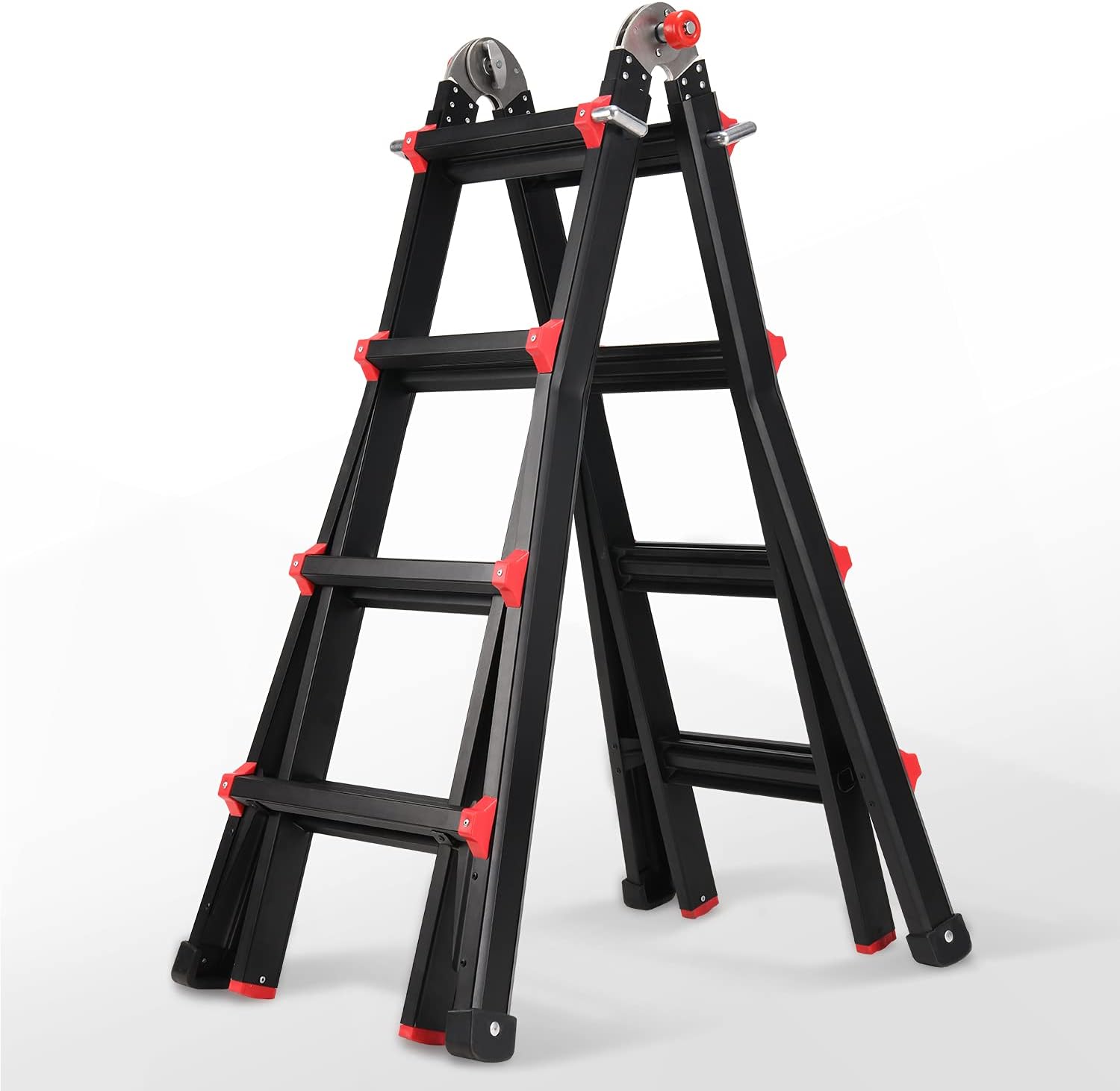
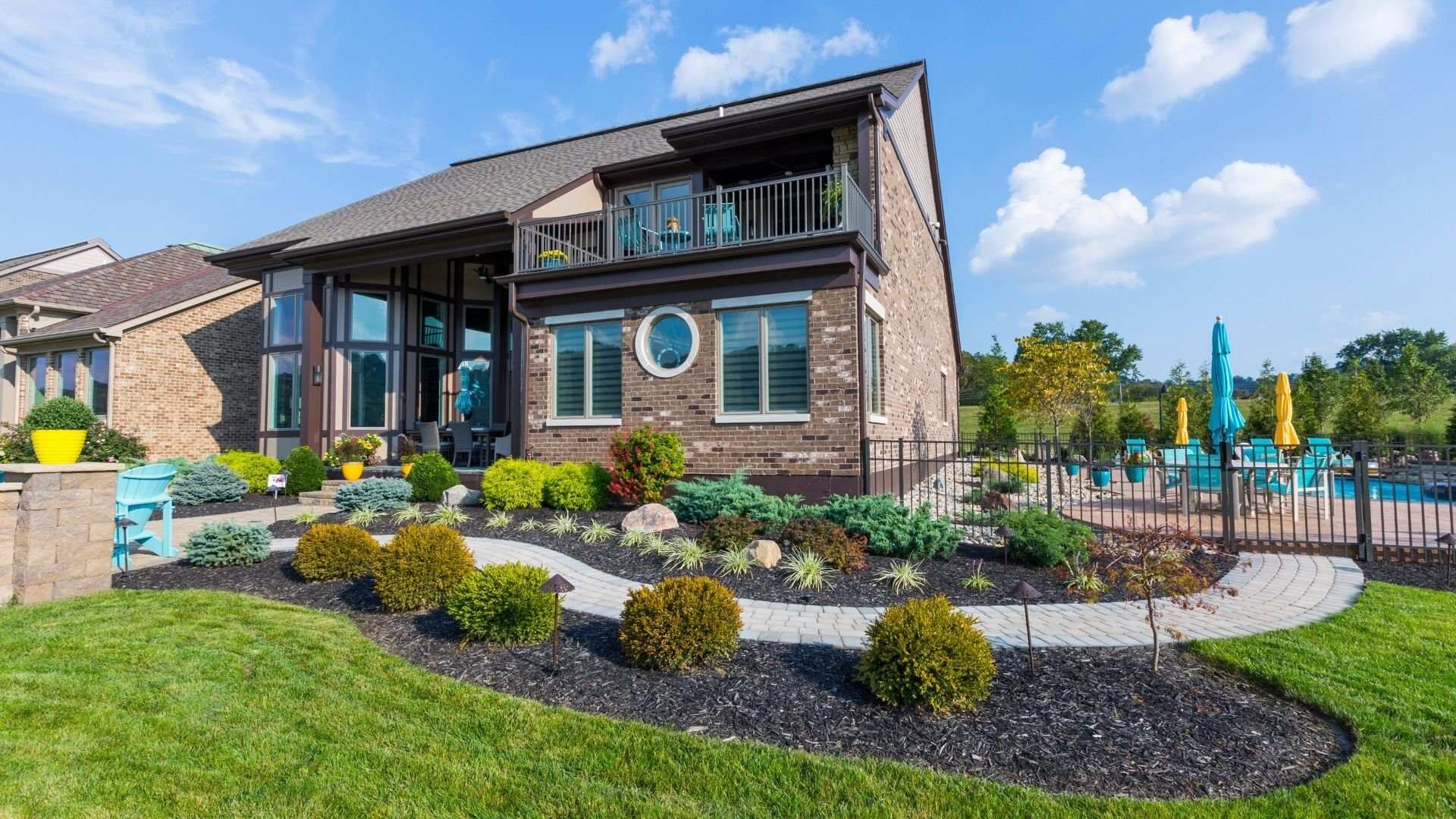
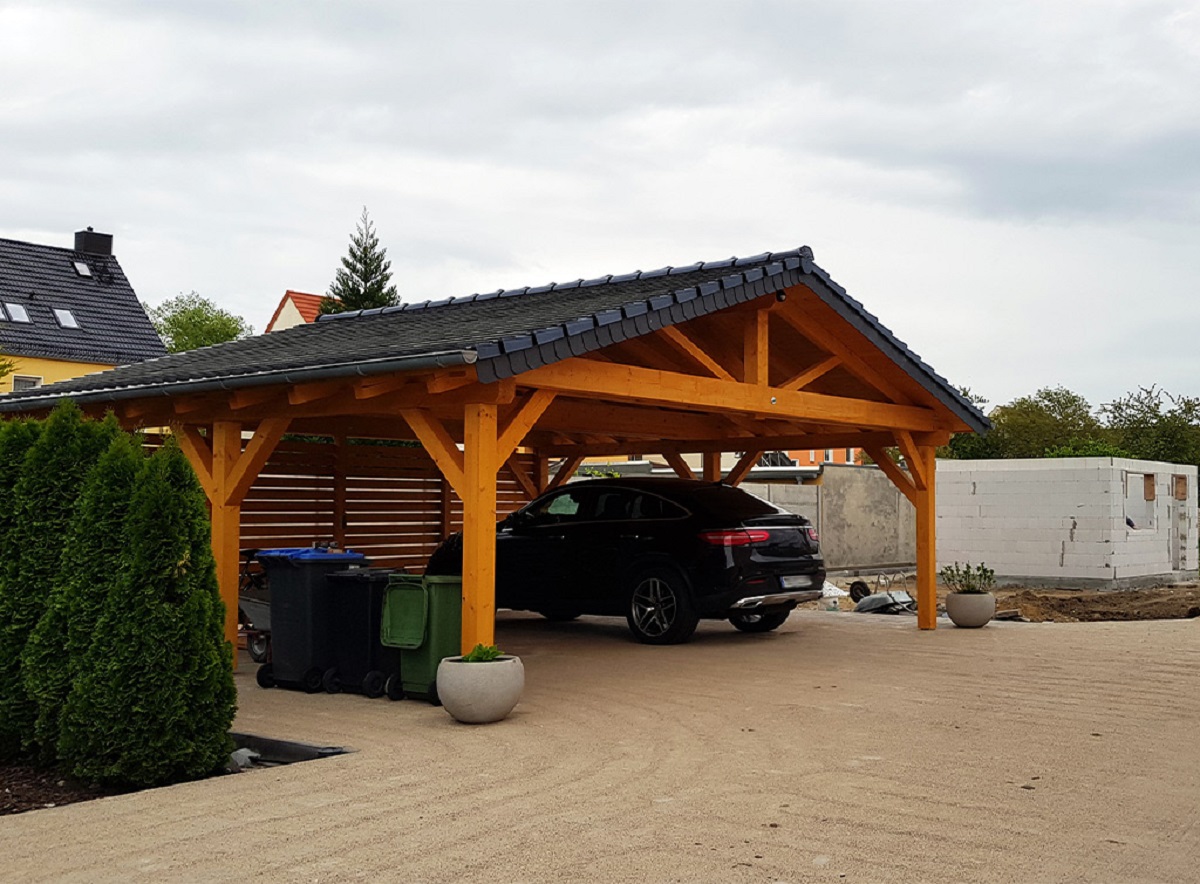
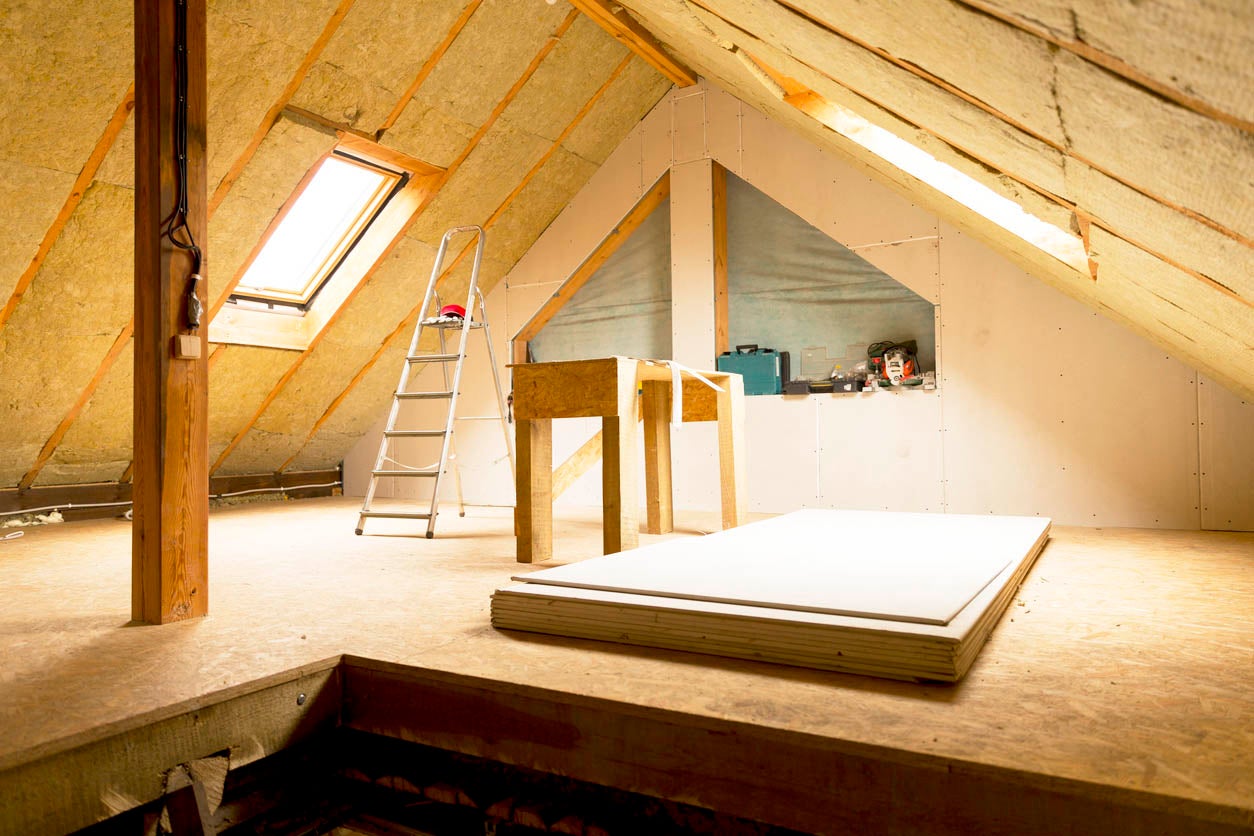
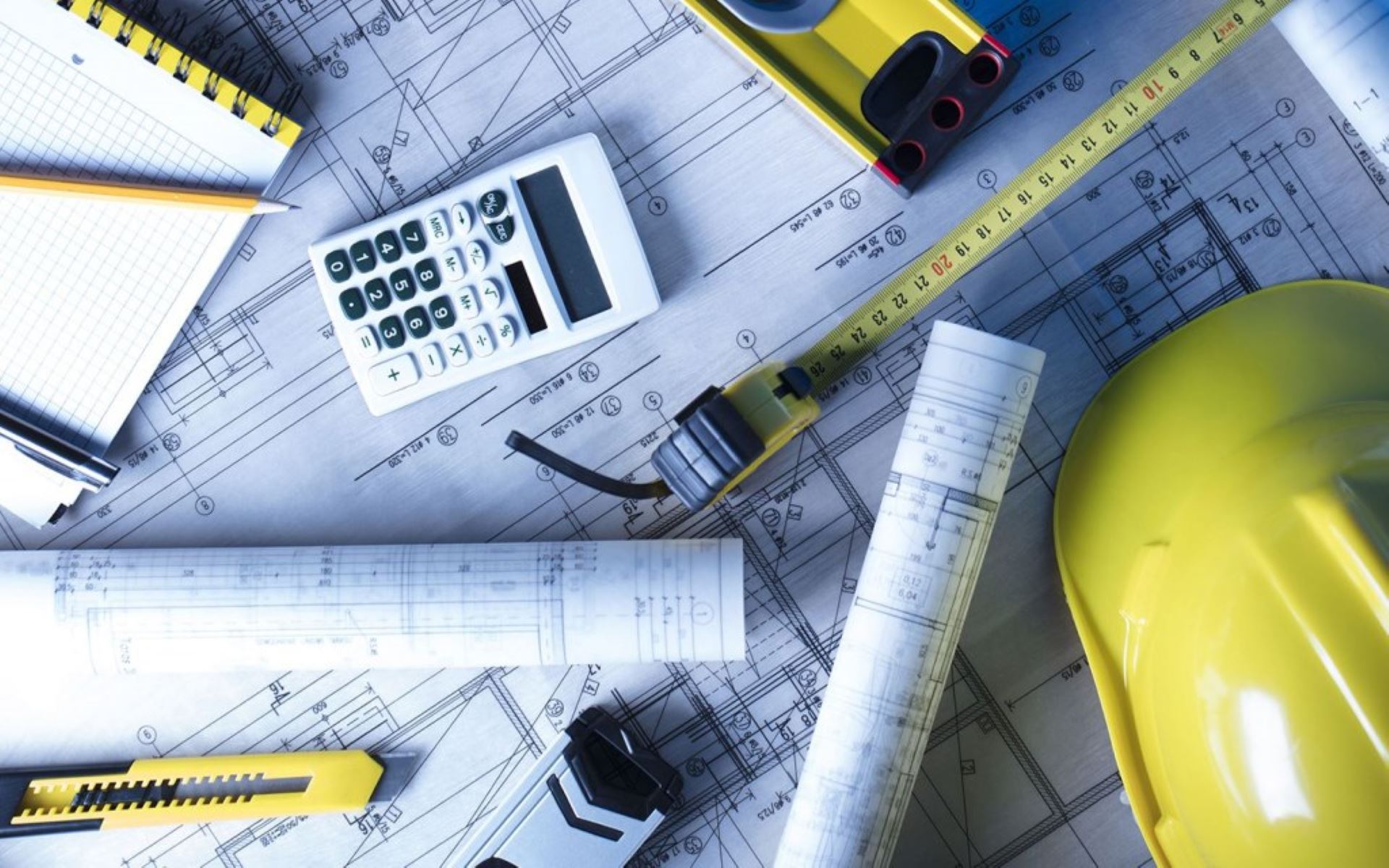
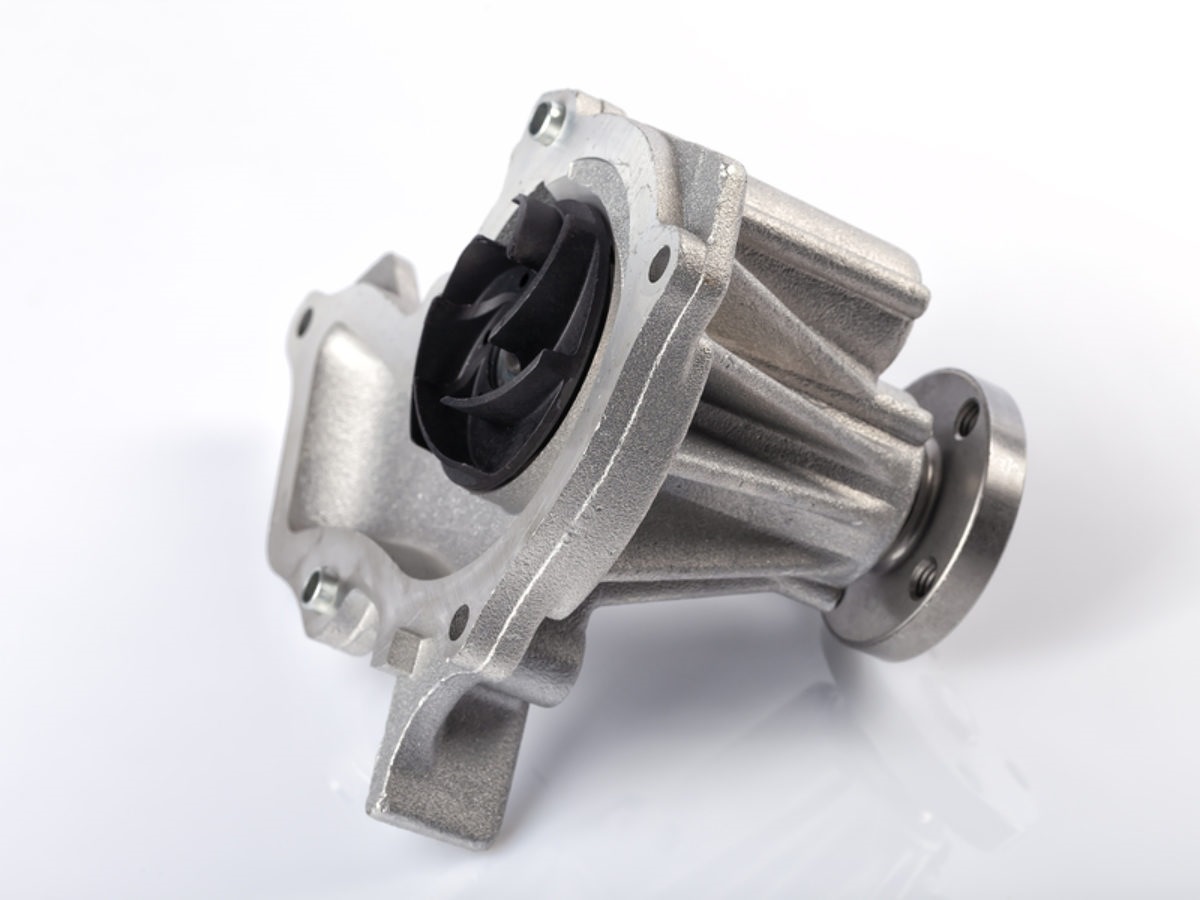
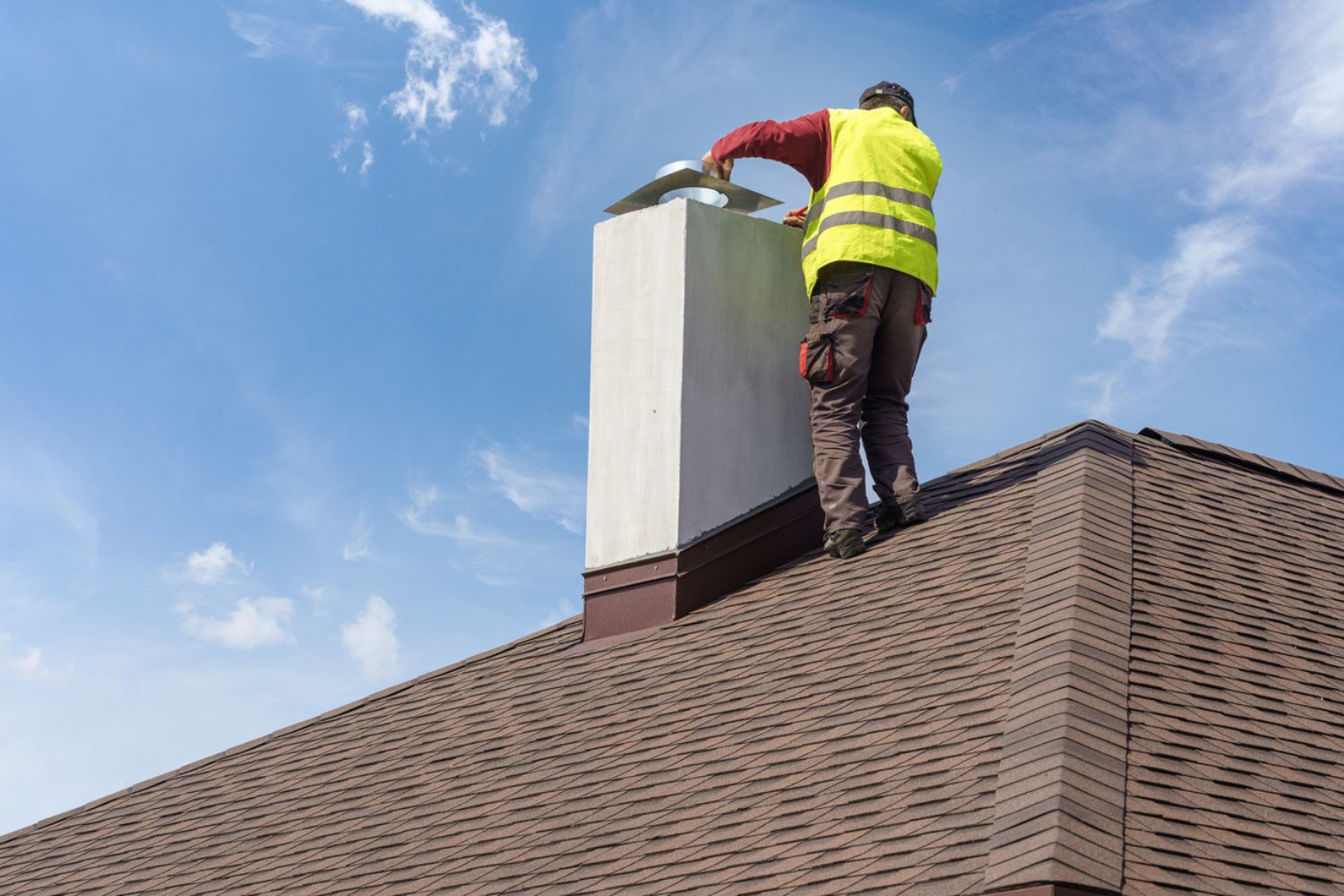
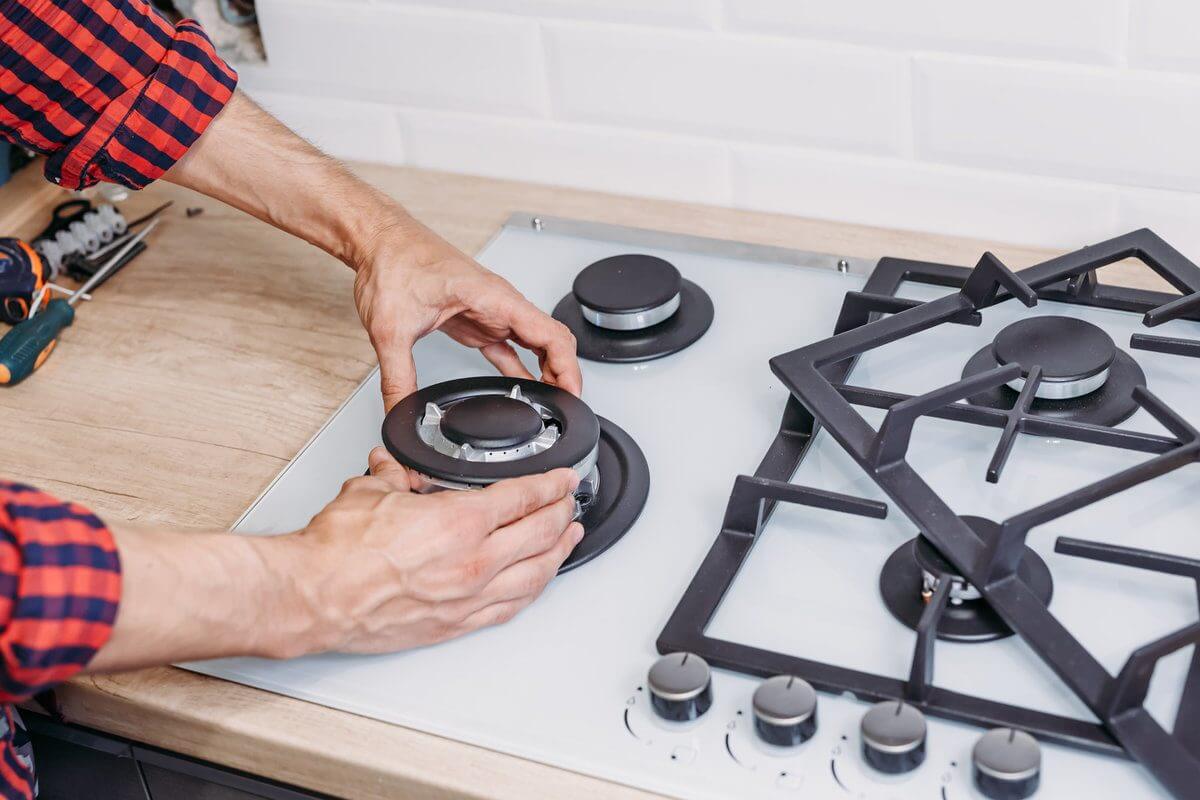
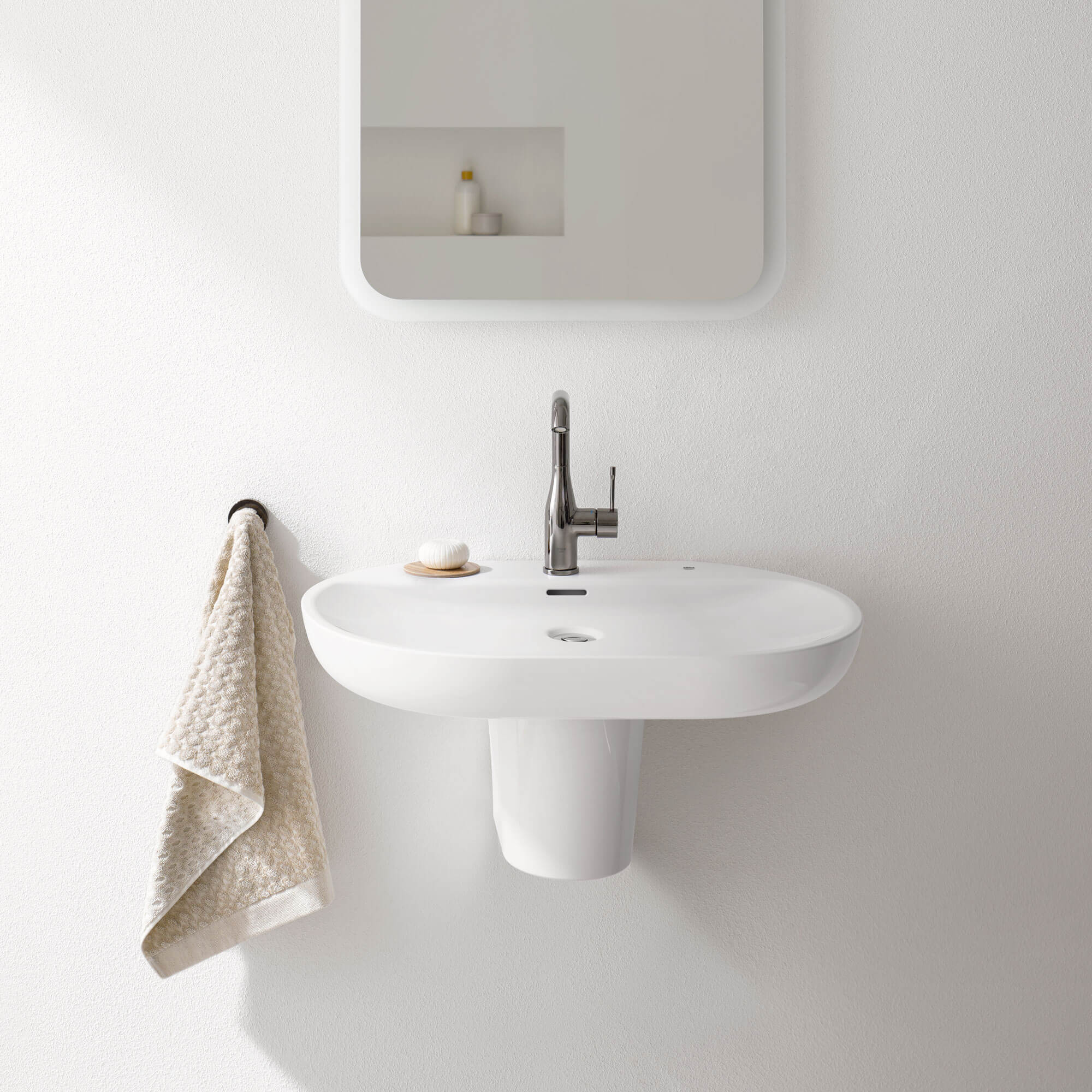

0 thoughts on “How Much Does It Cost To Add A Bathroom?”